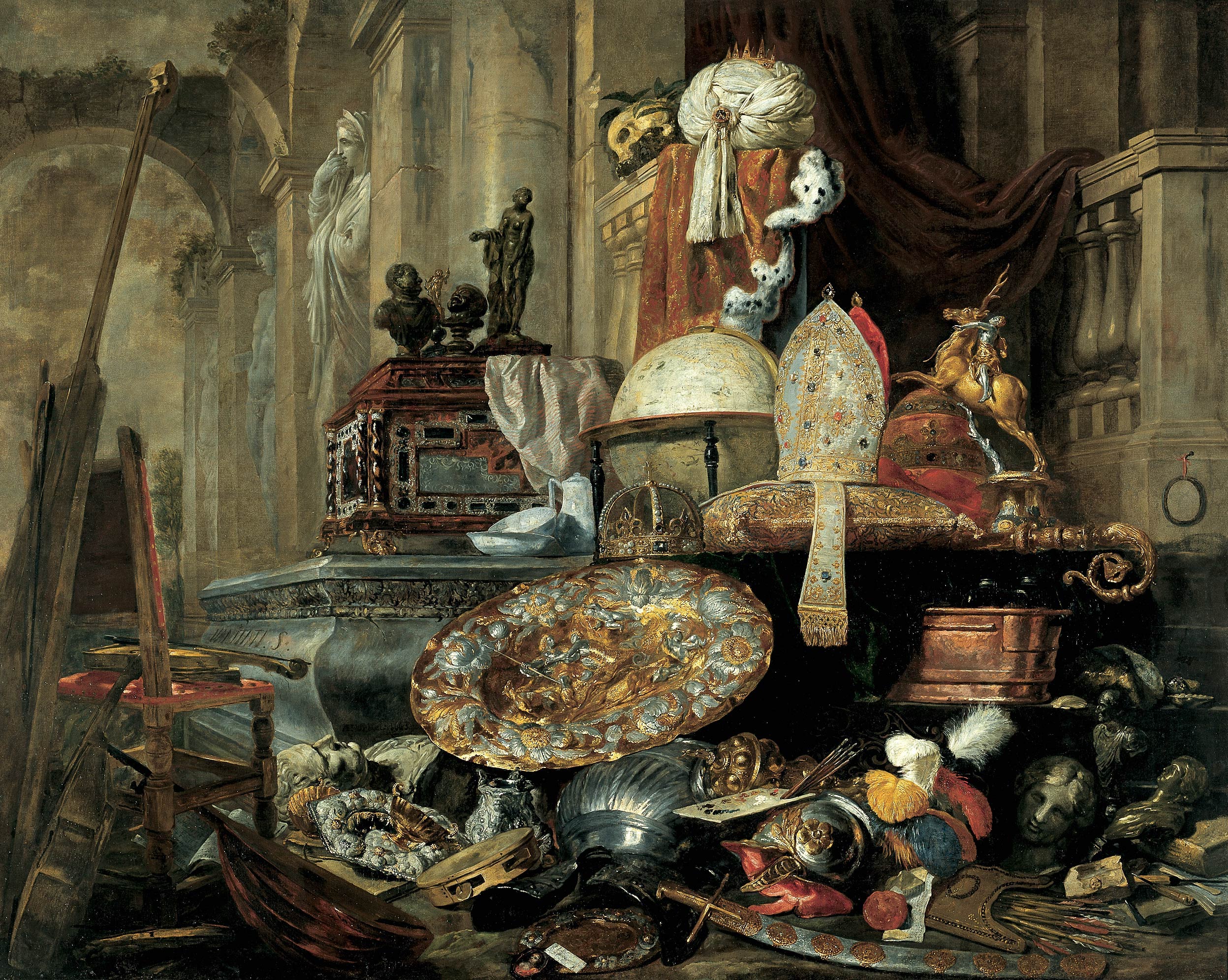Johann Georg Hamann (1730-1788) was a well known opponent of the ideas and philosophical approaches of the Enlightenment. The Enlightenment, as many of you know, spanned from roughly 1650 until 1799, and was characterized by the real assertion of “reason” or “rationality” as the basis for discovering any true knowledge. The age set itself against “faith”, and its separation from the traditional revealed truths of Christianity grew as time went on.
Hamann, a pious Lutheran thinker, would have none of it. He believed (following traditional Christian teaching) that reason, on its own, is fallen or corrupted. Its only hope for salvation and usefulness is in its surrender to the purifying power of faith. Faith alone, for him, opens the soul to “God’s work and labour” to bring man back to his senses. Reason cannot be restored to sanity without the true Mind of God made flesh in the life of Jesus Christ.
Hamann believed that prior to the coming of Christ, God had been concealed and hidden “under” creation, or “in rubbish.” What he meant was that man knew God only through the “letter” or the surface expression of reality. Thus, for Hamann, God was known only “from the outside” or or superficially. Thus God was perceived by most men in a childish and literal reading of nature and creation. And so faithfulness to God was to be expressed in exact and unbending rituals and rules. The Spirit of God was not known as what animates reality, and so most men believed that faith was expressed best in strict adherence to legal codes. Most men, prior to Christ’s revealing of true Spirit, did not perceive and see the interior movements of God’s wisdom and love underneath and behind all of reality.
Hamann teaches that with the coming of God in Jesus Christ true beauty and love are revealed to men. True beauty is seen and perceived in the love that emerges from the heart of God and expresses itself in the self-emptying existence of Jesus Christ. Hamann says that Christ reveals and manifests “the primal beauty of existence.” The “primal beauty of existence” is love that creates and even re-creates, that embraces its own death and through it extends new life to all of creation. True beauty is perceived in love that gives itself completely, first in creation and then in redemption. Jesus Christ is the revelation of that true beauty of God’s existence, which once hidden now reveals itself in and for others. Fallen reason cannot perceive the beauty of God in the life of Jesus Christ.
Fallen reason sees only, in the end, the inconvenient death of another interesting man. But faith sees the beauty of a God who is always with us and for us, creating and preserving the universe, longing to re-create and re-make fallen man into a saint. That beauty is seen by faith in the one who lays down his life for his friends, as his love brings sin and death to an end in crucifixion. The “creating Word” of God which embraces death, then continues to articulate his desire for his friends as his wisdom molds and shapes the new life of resurrection out of their faith in him.

